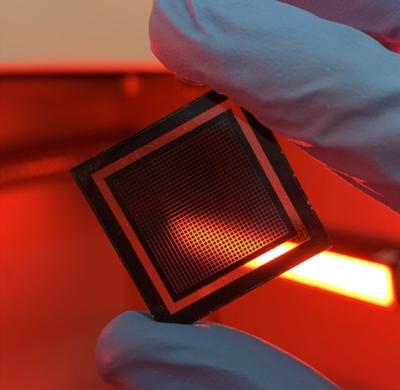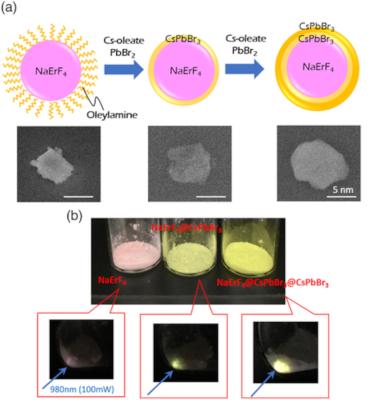Researchers develop high-performance UV light detector using layered perovskites and textured silicon heterojunction
Researchers from the Zhengzhou University of Light Industry have developed a UV detector of (BA)2PbCl4/textured silicon (BA = n-butylammonium) heterojunction by depositing (BA)2PbCl4 thin film on textured silicon.
High performances of a rapid UV light response (trise = tfall = 0.24 s), high responsivity (8.16 mA/W), and a low detection limit (7.5 μW/cm2) were reportedly obtained from the designed detector, which were ascribed the unique morphology and structure of the detector.







